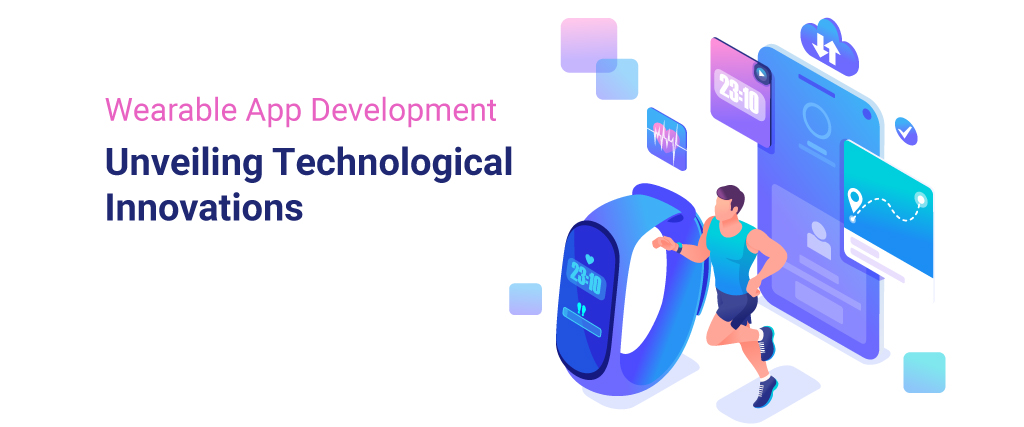The Untold Breakthroughs in Wearable Apps That Are Changing How We Live

The rise of wearable technology has profoundly transformed how we interact with the digital world. This isn't just a trend; it's a revolution fueled by continuous innovation in wearable app development. These miniature marvels seamlessly blend our physical lives with digital convenience, making technology more personal and immediate than ever before.
Wearable app development is rapidly evolving beyond simple step-counting. The industry is currently defined by a necessity for real-time monitoring, individualized feedback, and a move toward truly integrated digital experiences thanks to the convergence of IoT and advanced app capabilities.
The Innovation Stack: Unpacking Core Wearable App Features
Modern wearable apps are defined by features that prioritize speed, accessibility, and deep integration with the user's environment. These capabilities are the foundation of true technological innovation:
1. Biometric Health Monitoring ()
This goes beyond simple heart rate checks. Modern apps leverage advanced sensors for real-time, continuous monitoring of vital signs like blood oxygen saturation (), blood pressure, and advanced sleep pattern analysis. This innovation enables users to receive immediate, actionable insights, turning a passive device into a proactive health guardian.
2. Context-Aware Activity Tracking
Activity tracking is now smart. Apps use AI and machine learning to distinguish between different activities (running, swimming, cycling, etc.) without manual input. They provide personalized coaching and recovery recommendations based on performance history and biometric data, making fitness goals both achievable and data-driven.
3. Hyper-Personalized, Glanceable Notifications
The core innovation here is the shift from volume to relevance. Wearable apps deliver critical alerts (calls, texts, calendar events) directly to the wrist, allowing users to stay informed without smartphone distraction. Customization ensures users only receive necessary information, saving mental load and boosting productivity.
4. Intuitive Hands-Free Interaction
True convenience is hands-free. Innovations in interaction are key:
Voice Commands: Enabling users to send messages, set reminders, or control smart home devices with natural language.
Gesture Recognition: Using simple movements and gestures (a flick of the wrist, a tap on the device) to navigate menus or execute specific functions, creating an immersive, fluid user experience.
Transformational Benefits of Wearable Applications
The technological innovations baked into these apps deliver tangible, life-enhancing benefits:
The Future Horizon: Where Wearable Innovation Is Heading
The roadmap for wearable app development is focused on deeper integration and more intelligent sensing:
1. Immersive Experiences & Head-Mounted Displays (HMDs)
The field of Augmented Reality (AR) and Virtual Reality (VR), driven by HMDs, is growing exponentially. Developers are creating apps for education, industrial applications, and healthcare that offer truly immersive, spatial computing experiences, completely redefining the user interface.
2. AI-Driven Predictive Capabilities
Integrating Artificial Intelligence (AI) and Machine Learning (ML) will make apps more predictive. They won't just report data; they will anticipate needs, predict health issues before they arise, and offer highly contextual assistance based on patterns in the user's biometric and environmental data.
3. Haptic Feedback & Bio-Integration
Future apps will heavily utilize sophisticated haptic feedback (tactile sensations) for a richer user experience, moving beyond simple vibrations. Furthermore, the integration of advanced biometric sensors will continue to drive medical-grade accuracy in consumer devices, opening new frontiers in preventative care.
Final Thought
Wearable app development is a dynamic and exciting field. As technology miniaturizes and sensor capabilities improve, developers have the unprecedented opportunity to create applications that are not merely tools, but integrated extensions of the user's intelligence and well-being. The future is about creating applications that are not just on the user, but for the user.
